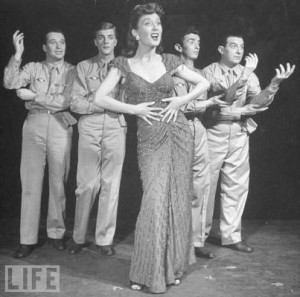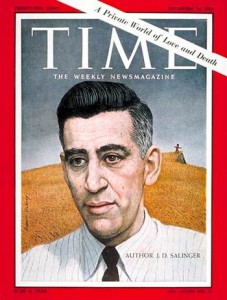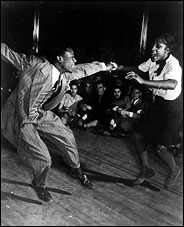
. . . that’s what Lionel Trilling called the meeting place of literature and politics.

The great conservative historian John Lukacs is said to have asked in 1957 whether Dwight Macdonald would not soon be recognized as the American Orwell. The answer turned out to be “probably not.” Macdonald never achieved anything like Orwell’s stature or influence. But the question was a measure of Macdonald’s once great prominence in the American intellectual scene.
The other day in class, Sierra asked whether, given the success of Ann Petry’s protest fiction, The Street had an any effect on the conditions it depicts.

TO OUR READERS The New Yorker this week devotes its entire editorial space to an article on the almost complete obliteration of a city by one atomic bomb, and what happened to the people of that city. It does so in the conviction that few of us have yet comprehended the all but incredible destructive power of this weapon, and that everyone might well take time to consider the terrible implications of its use. The Editors
The notice with which The New Yorker prefaced the special issue containing “Hiroshima”
John Hersey’s “Hiroshima” was initially published in the August 31, 1946 issue of The New Yorker. In a number of respects, the publication was unprecedented for the magazine, and it created a local and national sensation.

Yesterday’s news included an obituary for Betty Garrett, who entered the movie musical patheon as Brunhilde Esterhaszy–the cabbie who woos and wins Frank Sinatra in On the Town. In a small way, Garrett’s career illuminates some of the developments important to our course.

A new biography of J. D. Salinger has just been published. Given Salinger’s legendary reclusiveness and his hostility to biographers, that’s a big deal, and the biography (which is admired by some critics and seen more ambivalently by others) appears to provide an illuminating account of Salinger’s early years in New York and the period, after his terrible experience in World War II, when he established the style and the preoccupations for which he became famous.
In some respects, that history makes Salinger a comparable figure to John Hersey.

Music and entertainment play a minor, yet significant role in Petry’s The Street–where, as Lutie notes, they provide a world of “rainbow-colored lights.” They were also, of course, a major part of Harlem social and business life in the 1920s, 1930s, and 1940s